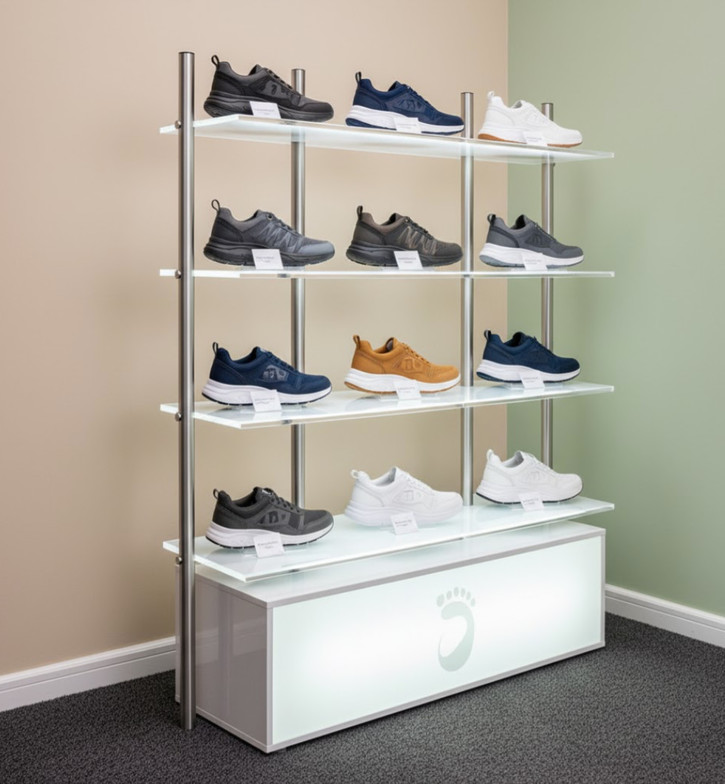
Did you know that your feet carry you the equivalent of five times around the Earth in a lifetime? Despite this, foot health is often overlooked, and many people wear shoes that don’t provide proper support. Appropriate footwear can help reduce discomfort and pressure-related problems for many people.
This guide will help you identify key factors when selecting footwear to ensure optimal comfort and foot health.
Key Considerations for Choosing Shoes
1. Comfort Comes First
- Prioritize comfort over fashion trends.
- If a shoe feels uncomfortable when you try it on, it will unlikely improve over time.
2. Fit & Sizing
- Foot size changes due to factors like aging, weight changes, and medical conditions.
- Always measure both feet before buying new shoes, as one foot may be slightly larger than the other.
3. Shop at the Right Time
- Feet tend to swell throughout the day, so the best time to try on shoes is in the afternoon or evening when they are at their largest.
4. Consider Removable Insoles
- Shoes with removable insoles allow for custom orthotics, if necessary, for better foot support.
5. Replace Shoes Regularly
- Footwear loses support over time. A good guideline is to replace them:
- Every 500-800 km of walking or running
- Every 4-6 months for daily wear
Quick Tips for Selecting the Best Shoes
Toe Box Should Be Spacious – Toes should have enough room to wiggle freely without being squeezed.
Test Shoes by Walking – Walk around the store to check for pressure points or discomfort.
Look for Breathable Materials – Leather, mesh, or fabric uppers allow air circulation, reducing sweat and preventing fungal infections.
High Heels Are Not for Extended Walking – Frequent wear of high heels can contribute to bunions, foot pain, and balance issues.
Fastenings Matter – Laces or Velcro straps provide better support than slip-on shoes.
Consider Function Over Fashion – Prioritizing aesthetics over comfort can lead to long-term foot problems.
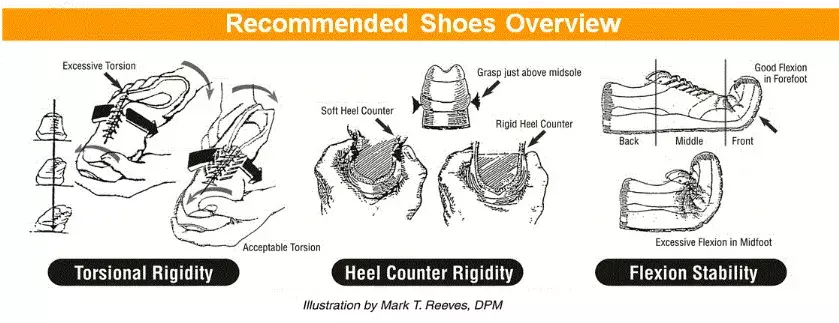
How to Identify a Properly Fitted Shoe
A well-fitting shoe should meet the following criteria:
Heel Support – A stable heel base, no higher than 4 cm, provides balance and prevents strain.
Heel Counter – A firm heel cup keeps the foot stable, reducing excessive motion.
Sole Quality – A shock-absorbing, non-slip sole is ideal for traction and comfort.
Toe Box – Should allow free movement of toes without tightness or pinching.
Length – There should be about 10mm of space (roughly a thumbnail’s width) between the longest toe and the shoe’s tip.
Arch & Insole Support – Shoes with removable insoles allow for custom orthotics if necessary.
Children’s Footwear – What Parents Need to Know
Kids’ feet grow rapidly – Leave about 14mm of space for growth when buying shoes.
Avoid overly stiff shoes – Shoes should allow natural foot movement while offering support.
Is Barefoot Walking Beneficial? – Some studies suggest walking barefoot in early childhood may aid natural foot development. However, each child’s foot structure is unique, so consult a chiropodist for professional advice if concerns arise.
Three Quick Ways to Test a Good Shoe
The shoe should only bend at the ball of the foot – If it bends in the middle, it may cause arch strain and contribute to plantar fasciitis.
Firm Heel Counter – A flimsy heel cup can cause ankle instability and foot pain.
Torsional Rigidity and Stability – If a shoe twists too easily, it may lack support, increasing the risk of foot discomfort or injury.
Footwear & Orthotics – When Do You Need More Support?
While the right shoes can be enough for many people, some individuals require custom orthotics for:
Flat feet or high arches
Bunions or hammertoes
Heel pain & plantar fasciitis
Chronic foot pain & fatigue
Corns & calluses due to pressure points
If you experience persistent foot discomfort, consult a chiropodist to determine whether orthotics are needed for optimal support.
Insurance Coverage for Orthopedic Footwear
Some insurance providers cover off-the-shelf orthopedic shoes, but coverage varies. Check with your provider before purchasing.
A prescription from a chiropodist is often required for insurance coverage.
Custom-made orthopedic shoes differ from off-the-shelf orthopedic shoes and are typically only covered for individuals with severe foot deformities.
If you need assistance selecting the right shoes, our clinic offers orthopedic footwear solutions.
Have Questions About Your Shoes? Contact Us!
Our team is here to help! If you’re unsure about your footwear needs, schedule an appointment with our chiropodist for a professional assessment.
Final Thoughts
Your feet support your entire body, and choosing the right shoes is one of the most important steps in maintaining foot health and mobility. By prioritizing fit, comfort, and function, you can prevent common foot issues and stay active for years to come!
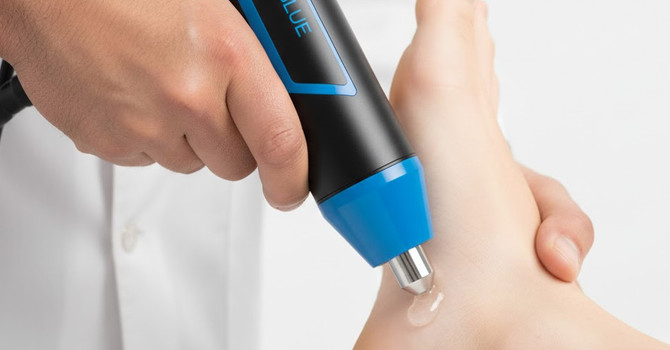
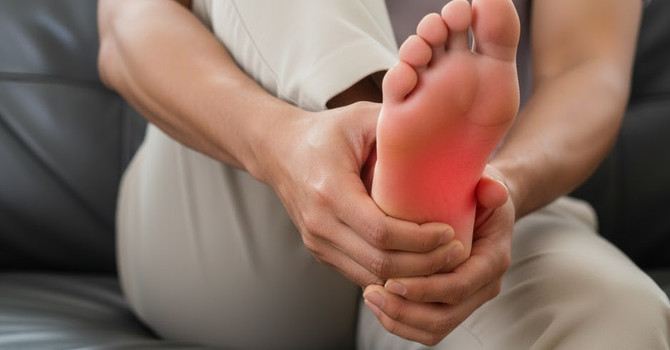
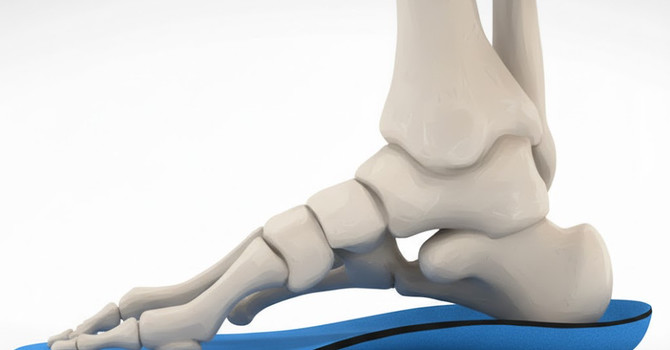

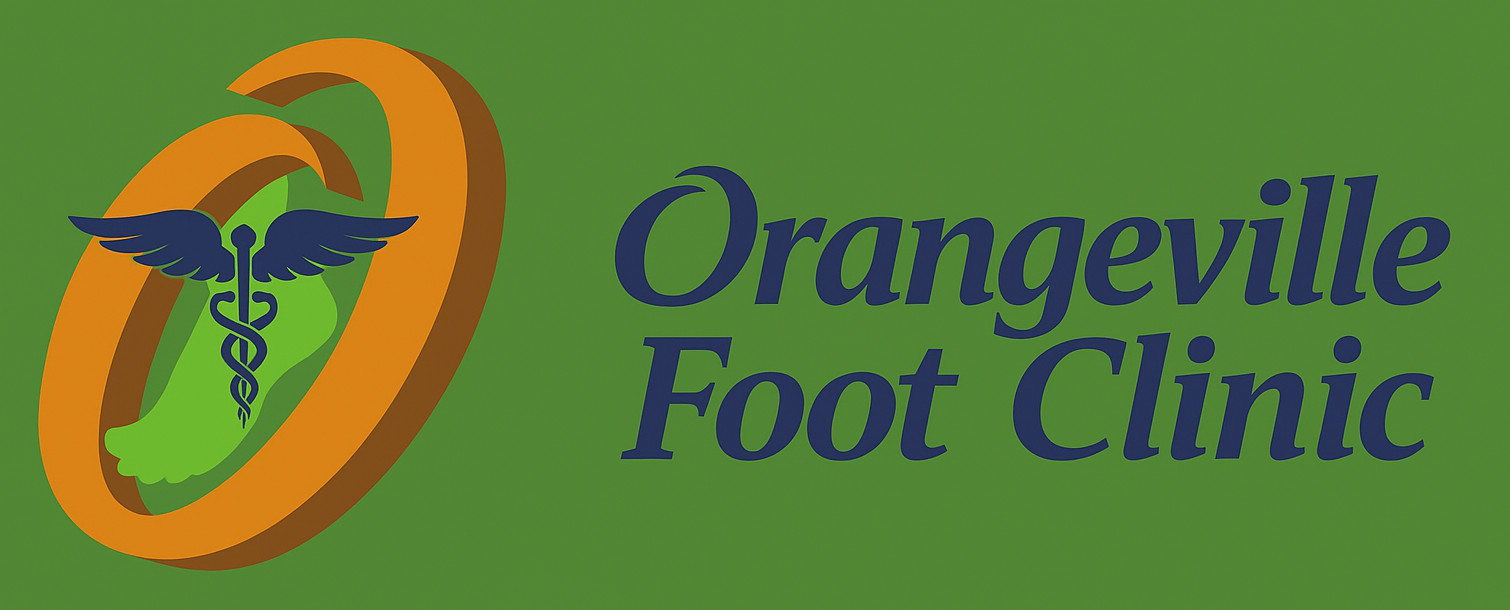 👋 Need help? Chat with us below!
👋 Need help? Chat with us below!